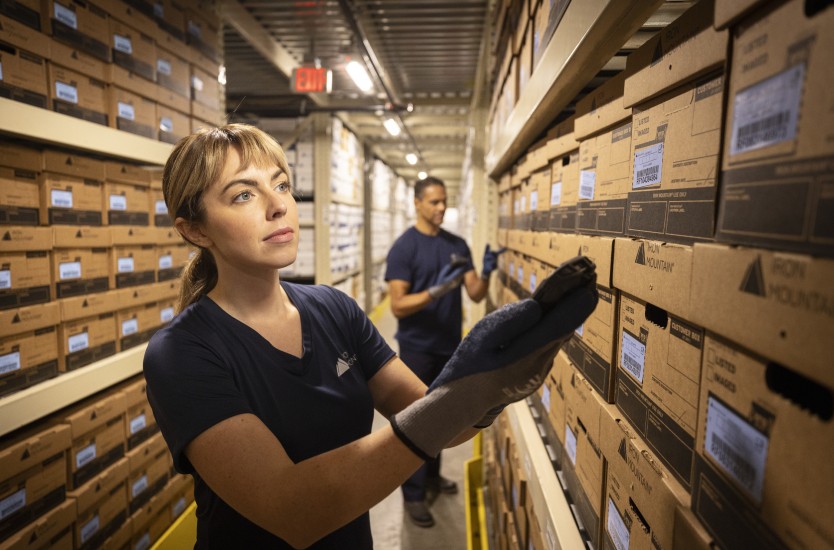Elevate the power of your work
Få en GRATIS konsultasjon i dag!
Business transformation means different things to different organizations. Regardless of the end goal, it often requires a move to paperless processes. Organizations that skip this important step and stick with paper could risk being left behind. Here's why.

Business transformation means different things to different organizations. Regardless of the end goal, it often requires a move to paperless processes. Organizations that skip this important step and stick with paper could risk being left behind. Here's why.
New York's Metropolitan Transportation Authority is undergoing a transformation. So is Copenhagen-based TP Aerospace, and Lamar Consolidated Independent School District in Texas. All of these disparate organizations have one thing in common: going paperless is a big part of their overall strategy. It's a smart move for everyone involved, especially in a world where people are working digitally and remotely.
Prior to COVID-19, more than half of hiring managers said that the full-time remote worker is becoming more common, according to Upwork's 2019 Future Workforce report, with 69% of younger managers reporting they have people on their team who work remotely. Today, 81% or more of employees are working remotely during the COVID pandemic, according to a Gartner, Inc HR survey. Even more telling is that post-pandemic, the survey revealed that 41% of employees are likely to work remote at least some of the time. Asking this dispersed group of employees to work on paper would simply be impossible.
It's imperative that everyone — no matter which team they work on — has access to workplace documents in a digital format so they can be instantly accessed and shared. If they aren't, there are some very real roadblocks that pop up. Read on to find out why going paperless and digitizing existing and future documents is a key step.
Customer service. TP Aerospace launched its paperless push in August 2018 in conjunction with a plan to boost customer service, which makes sense. If your customer service manuals, invoices and customer records are on paper, it's difficult, if not impossible, to provide fast service. Likewise, those working in fields such as sales, tech support or customer service need customer information in a digitized format to be accessed whenever and wherever needed. Going paperless makes it all possible for TP Aerospace.
Productivity. Lamar Consolidated Independent School District in Texas had its first paper-free attendance recording, reports eSchool News. The 33,000-student district used to have big problems converting paper-based attendance records to a digital format. It could take staffers an entire week to go through and compile these records. The attendance clerk had to sort through a "huge stack of paper" — more than 200 no-show lists from high school teachers — to figure out how many children were absent or missing classes.
Everything is done online, saving four-and-a-half days of work hours. As an added bonus, the school district will save quite a bit on paper and ink, considering the average district spends about $50,000 per year on such supplies, according to Education Dive. Today, this process is especially important because younger generations, including Millennials and Generation Z, grew up in a digital world. They aren't willing to deal with paper and will look for other jobs quickly if they aren't satisfied with their current situation, according to multiple sources including Forbes and Fortune.
Wasted money, space and resources. Recently, New York's Metropolitan Transportation Authority made the commitment to get rid of its paper-based bus schedules. They made the transition, directing riders who need schedules to download and use the MyMTA app or text the MTA's arrival number. This simple change will save the organization more than $550,000 each year, reports CBS New York. It will also cut down on the amount of paper the MTA uses and keep unwanted schedules out of landfills and out of the company's offices.
Organizations can learn from these examples and undergo business transformation with a paper overhaul that starts with scanning and digitizing physical records, and ends with storing them off-site or destroying them completely. When organizations complete these steps, they're well on their way to going paperless, improving productivity, reducing waste, and boosting customer and employee satisfaction.
Få en GRATIS konsultasjon i dag!

